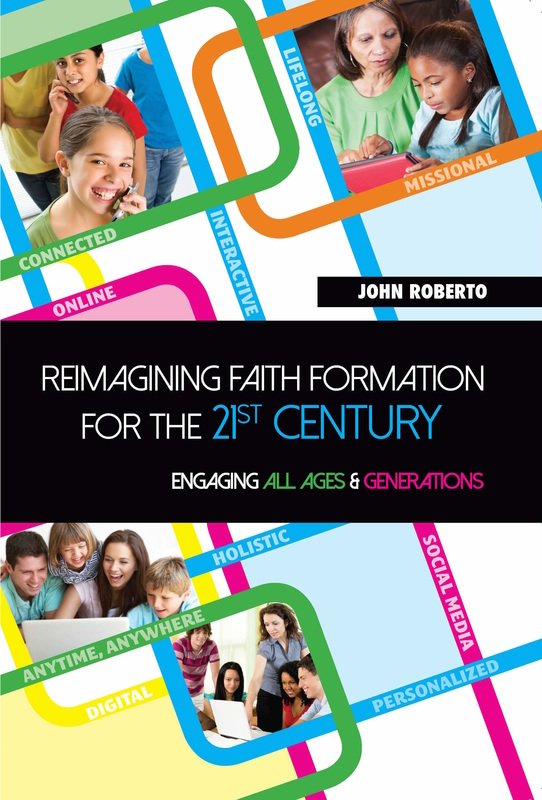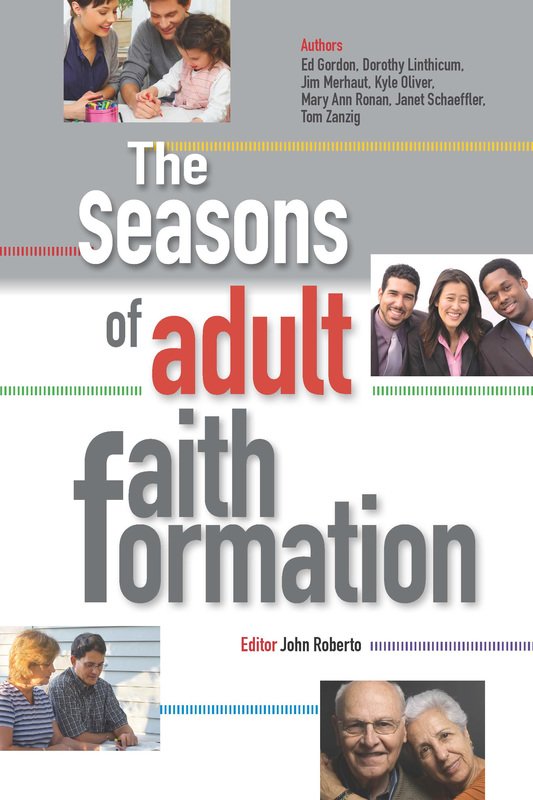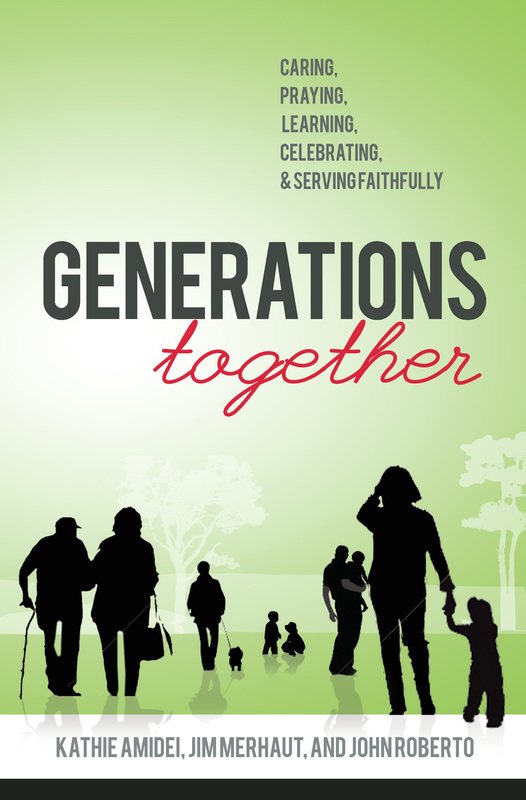Welcome to the Faith Formation Learning Exchange
A Service of LifelongFaith Associates
In partnership with Vibrant Faith Inc. who provided the initial funding to create the Faith Formation Learning Exchange
|
The Faith Formation Learning Exchange is dedicated to helping leaders in Christian ministry develop lifelong faith formation for all ages and generations that is informed by solid research, effective practices, cutting-edge thinking, and real-world models and tools.
The content on the Learning Exchange is organized into the "people" of lifelong faith formation: Intergenerational, Family, Children, Adolescents, Young Adults, Adults, Multi-Ethnic Communities, and People with Special Needs. Each audience is easily accessible from the menu at the top of the page. Here's what you will find:
In addition you will find two special sections: a Trends section with curated research studies and reports, and a Digital Life section with curated articles and reports on practices and approaches, and pages for research reports and curated books. There are dozens of ways that you can use the Exchange as as resource in your ministry: deepen your understanding of faith formation today; create vibrant faith formation for age groups, families, and all generations in your congregation; prepare and conduct courses and leadership training in faith formation; create faith formation programs and projects; review current research and thinking in faith formation; and more. |
January 2016
|
Lifelong Faith Books & Resources

|

|

|
Reimagine Faith Formation Website
The Reimagine Faith Formation resource center provides leaders with the vision, practices, approaches, design tools, and programming ideas to bring the new vision to life - to create a new faith forming ecosystem and design 21st century faith formation.
|
Curating Faith Formation Website
Curating Faith Formation provides a catalog of curated digital content for use in designing curriculum and building faith formation websites for children, adolescents, adults, families, and all generations.
|

